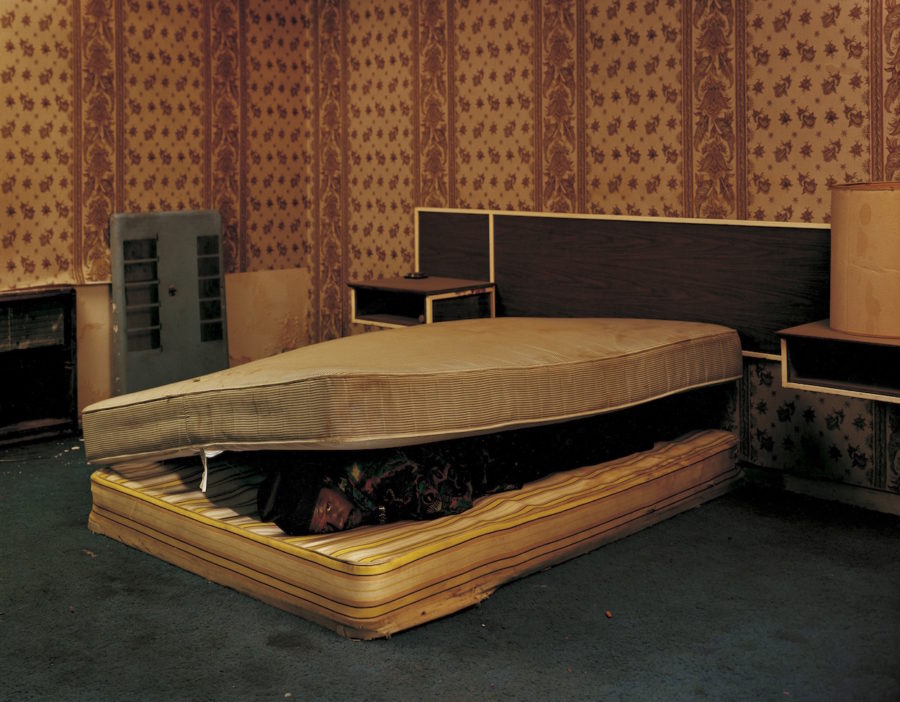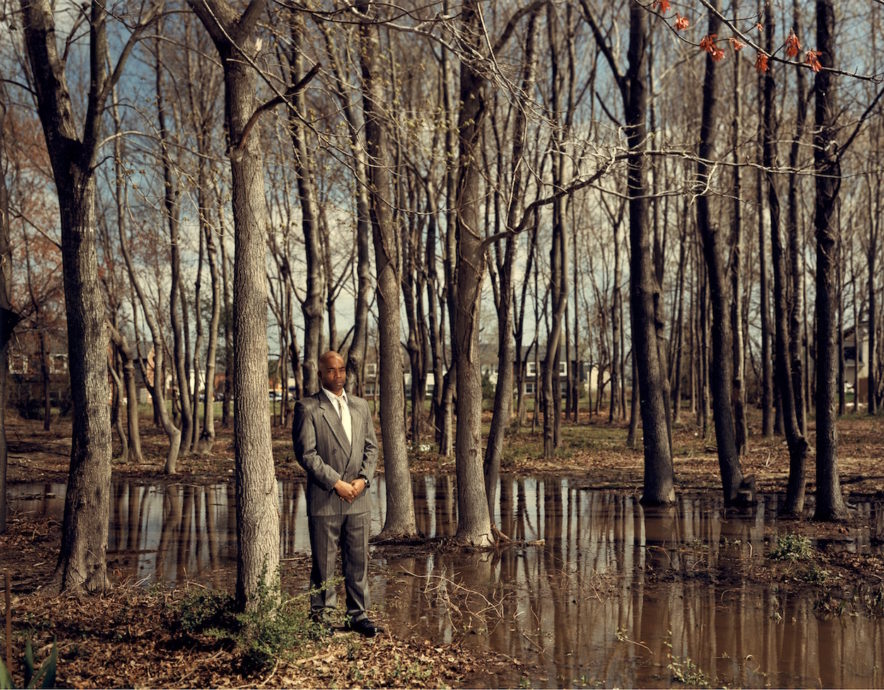In 1983, Charles Irvin Fain was sentenced to death for a crime he didn’t commit, at a place he’d never visited. Mistaken identification landed him on death row for 18 years until DNA evidence proved his innocence. His story is all too familiar, and just one that artist Taryn Simon documents in her series “The Innocents,” which debuted at MoMA PS1 in 2002. Last week, the gallery space at East Hampton’s Guild Hall Museum launched a new exhibition of the works, 14 years after its first showing. “I wanted to return to this early work during the Innocence Project’s twenty-fifth anniversary year, but also alongside the complex moment we all find ourselves living in, one in which the public and institutions are trying to metabolize the redefinition of many foundations at a rate we’ve never experienced,” Simon says. “In this flurry, we are witness to the lines between truth and fiction being continuously and overtly manipulated and redrawn. It seemed important to reexamine the ways in which ‘facts’ are presented as objective truths and how the distortion of information—whether visual or textual—can lead to traumatic and irreversible ends.” The dubious credibility of the camera as witness and its capabilities to obscure and manipulate fact and fiction was a major preoccupation for Simon, who uses photography, video, and text in her works. In the images, she captures locations critical to the criminal investigation: scenes of the arrest, alibi, and the crime itself. “Their stories still happen today,” says the museum’s curator, Christina Strassfield, of the exhibition’s continued salience. “Twenty-five years of the Innocence Project really needs to be applauded and showcased.” The exhibition is on view until July 30.
An Artist Turns Her Lens on America’s Criminal Justice System
To celebrate the 25th anniversary of the Innocence Project, Taryn Simon partners with the Guild Hall Museum to reexhibit her show “The Innocents.”
By Colleen Kelsey June 26, 2017 4
4
powerpoint
Taryn Simon’s "The Innocents" at East Hampton’s Guild Hall Museum
…
Taryn Simon’s "The Innocents" at East Hampton’s Guild Hall Museum
Larry Mayes: Scene of arrest, The Royal Inn, Gary, Indiana. Police found Mayes hiding beneath a mattress in this room. Served 18.5 years of an 80-year sentence for rape, robbery, and unlawful deviate conduct.

Taryn Simon’s "The Innocents" at East Hampton’s Guild Hall Museum
Charles Irvin Fain: Scene of the crime, the Snake River, Melba, Idaho. Served 18 years of a death sentence for murder, rape, and kidnapping.

Taryn Simon’s "The Innocents" at East Hampton’s Guild Hall Museum
Frederick Daye: Alibi location, American Legion Post 310 San Diego, California, where 13 witnesses placed Daye at the time of the crime. Served 10 years of a life sentence for rape, kidnapping, and vehicle theft.

Taryn Simon’s "The Innocents" at East Hampton’s Guild Hall Museum
Troy Webb: Scene of the crime, The Pines, Virginia Beach, Virginia. Served seven years of a 47-year sentence for rape, kidnapping, and robbery.
